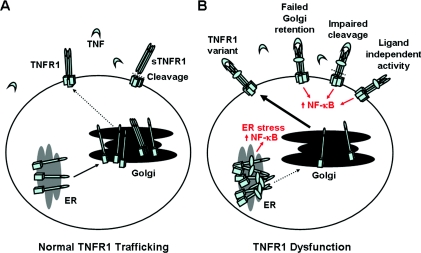Figure 1. Modes of TNFR1 trafficking dysfunction associated with TRAPS.
(A) Normal transport of TNFR1 and (B) intracellular trafficking defects associated with TRAPS. TNFR1 is transported along the biosynthetic pathway through the ER to the Golgi storage pool, where the majority of the receptor is retained in cells of the immune system. TRAPS is thought to occur as a result of a number of possible mechanisms, namely defective TNFR1 oligomerization and ER misfolding-associated stress pathways, failed Golgi retention, impaired TNFR1 proteolytic cleavage and receptor shedding or ligand-independent NF-κB activation.

